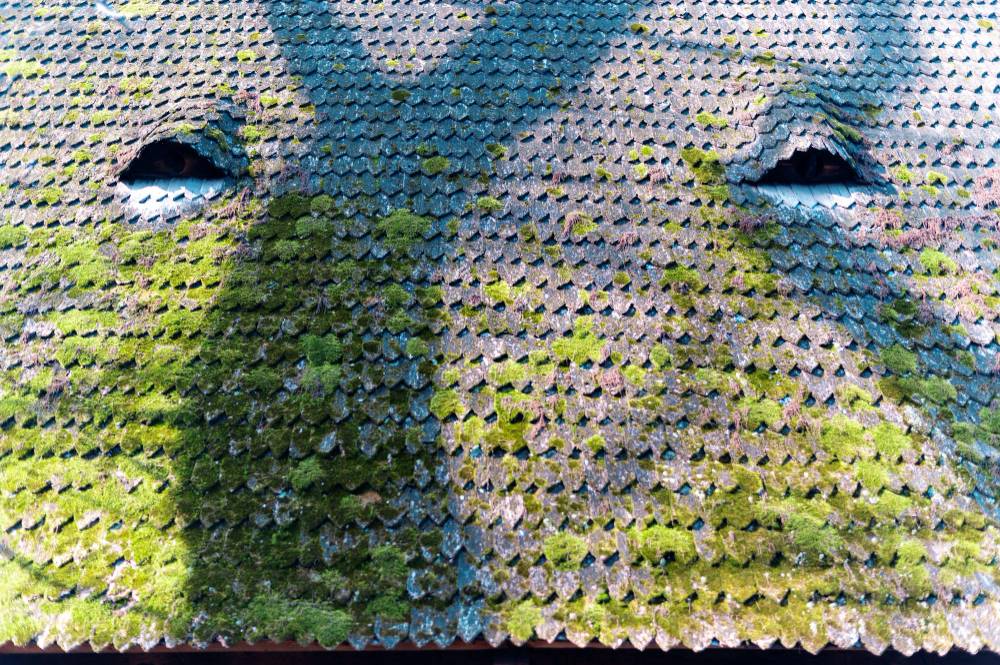
Efflorescence is common on masonry surfaces such as brick, concrete, and sometimes even stone. While its name might sound complicated, efflorescence is simply white powdery substances accumulating on these surfaces. Milledge Roofing Company explores why and what causes Efflorescence. This information will help you manage its symptoms better when working with roofing contractors.
Efflorescence occurs when water flows across a masonry surface. While traveling through, it dissolves salts within the material, which then evaporates, leaving behind white powdery deposits on their way out. This creates that characteristic powdery look seen on newly built or repaired buildings and prompts a call for roof repair or shingle replacement services.
Efflorescence can manifest itself in various locations but is particularly prevalent where there's excessive moisture. If your foundation or walls around it lack drainage, efflorescence will likely result. Furthermore, roof issues that allow water to seep into it might result in efflorescence on exterior walls and even shingles -- making it essential to regularly check that roof for problems as soon as they appear! To protect yourself and ensure it remains in top shape.
Roof contractors commonly encounter efflorescence during roof repair projects. Water seeping under shingles or into materials could create moisture issues, which lead to efflorescence. Regular inspections by an established roofing company are vital—they will detect potential problems before they develop into larger ones.
One key aspect of efflorescence prevention involves managing moisture. By keeping water from penetrating your masonry surfaces and infiltrating, salts won't dissolve and be released back onto the surface. This means your roof must remain undamaged, gutters clean, and drainage systems functioning as intended; regular check-ups with roofing contractors can ensure they keep a close watch on this process.
Once you already have efflorescence, various treatments are available. A straightforward option would be using a dry, stiff brush to brush it off surfaces that display it temporarily—though this will only address moisture issues in the short term. Long-term solutions might involve roof repair to stop leaks, replacing roofing shingles for improved water tightness, or additional fixes like increasing drainage around your home.
Roof companies might use special sealants on masonry surfaces to help prevent water from seeping through and creating efflorescence. However, these sealants alone should never replace proper maintenance practices - keeping your roof and other surfaces in excellent condition is the best way to prevent problems from arising in the first place!
While efflorescence may look unsightly, it could also signal more serious problems within your home if water enters via leaky pipes, which could lead to structural damage over time. That is why any issues with efflorescence must be taken care of quickly by regularly hiring roofing contractors in Greensboro for inspection and maintenance services to catch any early indications that repair might be required or for more extensive roof replacement solutions.
Efflorescence may be annoying, but it can be managed with knowledge and an organized strategy. Keep a watchful eye on your home—particularly roofing surfaces such as your roof and masonry surfaces—for signs of efflorescence; don't hesitate to consult a roofing company when any signs arise if necessary. They have experts who know precisely where the source lies while offering practical solutions, whether that means simple fixes or complete roof restoration projects.
By staying vigilant and caring for your home, efflorescence doesn't become an ever-increasing problem. Proper roof and critical area maintenance is crucial - from regular checks by roofing contractors to promptly responding to issues as soon as they arise. Keeping up with maintenance will save time, money, and headaches over time.